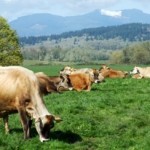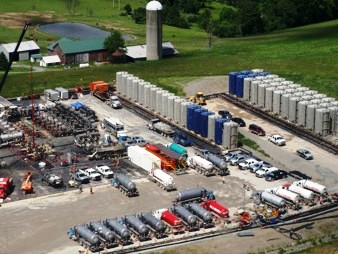Using a “life-cycle” approach can help policymakers target emission hot-spots along the livestock sectors supply chains, identifying clear opportunities for cuts and facilitating situation-tailored actions.
Financial incentives are also key, as practice change may involve risks and require initial investments.
To ensure participation by developing countries – where much of the sector’s mitigation potential is found – responses will need to target not just mitigation goals but also development objectives. The development of Nationally Appropriate Mitigation Actions (NAMAs) for the livestock sector can help integrate these objectives at the national level.
International efforts should be pursued to ensure that mitigation commitments, both within and outside the United Nations Framework Convention on Climate Change (UNFCCC), are strengthened to provide stronger incentives to mitigate livestock sector emissions and ensure that the effort is balanced throughout different sectors of the economy.
And any effort to put the livestock sector on an alternative track will require a broad-based and inclusive mutual effort. “Only by involving all stakeholders – the private and public sector, civil society research and academia and international organizations – will we be able to implement solutions that address the livestock sector’s diversity and complexity,” said Wang.
Toward this end, FAO has engaged with the public and private sector, producers, research and academia, civil society, NGOs, and inter-governmental organizations to establish The Global Agenda of Action in support of Sustainable Livestock Sector Development.
Currently, the Agenda is targeting three priority areas where improving practices can potentially bring large gains: promoting more efficient practices, improved grassland management and better manure management.
Click here to read/download the Full Report:
http://www.fao.org/ag/againfo/resources/en/publications/tackling_climate_change/index.htm
Source: UN FAO.















